When it comes to enhancing joint flexibility and movement, you've likely heard about various techniques, but which ones truly stand out? Techniques like dynamic and static stretching can play a pivotal role, but there's also strength training, yoga, and even foam rolling to take into account. Each method offers unique benefits that can transform your physical capabilities. So, what authentic practices should you prioritize for ideal results? Understanding the nuances of these techniques can lead to more effective routines, and the journey to improved flexibility might be more straightforward than you think.
Importance of Joint Flexibility
When it comes to maintaining an active lifestyle, joint flexibility is essential. It allows you to move freely and efficiently, making daily activities more enjoyable and less painful. Without adequate flexibility, you might find yourself struggling with simple tasks like bending down to tie your shoes or reaching for items on a high shelf. This limitation can hinder not only your physical performance but also your overall quality of life.
Increasing your joint flexibility can markedly enhance your athletic performance. Whether you're running, swimming, or practicing yoga, flexible joints enable a greater range of motion, which translates to improved strength and coordination. You'll notice that your movements become smoother and more controlled, reducing your risk of injuries.
Moreover, joint flexibility plays a critical role in injury prevention. Stiff joints are more prone to strains and sprains, as they can't absorb shock effectively during physical activity. By incorporating flexibility exercises into your routine, you'll help maintain the health of your joints, keeping them strong and resilient.
Additionally, good joint flexibility can enhance your posture and alignment. When your joints move well, your body aligns better, reducing strain on your muscles and ligaments. This can lead to less discomfort, especially if you spend long hours sitting at a desk or engaging in repetitive activities.
Dynamic Stretching Techniques
Dynamic stretching techniques are an effective way to enhance joint flexibility and prepare your body for physical activity. By incorporating these movements into your warm-up routine, you can improve your range of motion, increase blood flow to your muscles, and reduce the risk of injury.
Unlike static stretches, dynamic stretches involve active movements that mimic the activity you're about to perform, making them particularly beneficial.
Here are some key dynamic stretching techniques you can try:
- Leg Swings: Stand next to a wall or support and swing one leg forward and backward, keeping your movements controlled. This helps loosen your hip joints.
- Arm Circles: Extend your arms out to the sides and make small circles, gradually increasing the size. This warms up your shoulder joints and improves mobility.
- Walking Lunges: Step forward into a lunge while keeping your back knee off the ground. Alternate legs as you move forward to engage your hip flexors and quads.
- High Knees: Run in place while lifting your knees towards your chest. This elevates your heart rate and prepares your legs for action.
Static Stretching Methods
Static stretching methods play an essential role in enhancing joint flexibility and overall muscle health. These techniques involve holding a stretch in a particular position for a set duration, typically ranging from 15 to 60 seconds. By doing this, you're allowing your muscles to extend comfortably, which can help improve your range of motion over time.
To effectively incorporate static stretching into your routine, focus on specific muscle groups that you want to target. For example, if you're looking to improve your hamstring flexibility, sit on the floor with one leg extended and the other bent. Reach towards your toes and hold the stretch. You should feel a gentle pull, but never pain.
It's vital to breathe deeply during each stretch, as this helps relax your body and allows for a deeper stretch. You can perform static stretches at any time, though they're especially beneficial after workouts when your muscles are warm.
It's important not to rush; spend adequate time in each position to maximize the benefits. Remember to stretch both sides of your body equally to maintain balance.
While static stretching is beneficial, listen to your body. If a stretch feels too intense, ease off. Regularly incorporating static stretching into your routine can lead to greater flexibility, improved posture, and a reduced risk of injury.
Make it a habit, and you'll notice significant improvements in your overall movement and joint health over time.
Strength Training for Flexibility
Strength training can be a powerful tool for enhancing flexibility, as it not only builds muscle but also promotes greater joint stability and range of motion. By incorporating strength exercises into your routine, you can improve your overall movement quality.
When your muscles are strong and balanced, they support your joints more effectively, allowing for smoother and more fluid motions.
It's vital to focus on compound movements that engage multiple muscle groups while also emphasizing the full range of motion. This approach helps prevent muscle tightness and keeps your connective tissues resilient.
Here are some key points to keep in mind as you integrate strength training for flexibility:
- Full Range of Motion: Aim for exercises that stretch your muscles while you strengthen them. This can include squats, lunges, and deadlifts, where you push through a complete range of motion.
- Balance: Work on both the agonist and antagonist muscle groups to promote symmetry in your body, which can prevent injuries caused by imbalances.
- Controlled Movements: Focus on slow, controlled movements during strength training to guarantee you're engaging the right muscles and enhancing flexibility simultaneously.
- Recovery: Don't forget to allow adequate recovery time for your muscles. Recovery is vital for flexibility improvement, as it gives your body the chance to repair and adapt.
Benefits of Yoga Practices
Practicing yoga can greatly improve your range of motion, making everyday movements easier and more fluid.
You'll also discover effective stress reduction techniques that help you feel more balanced and relaxed.
Plus, yoga enhances your mind-body connection, allowing you to be more in tune with your physical and emotional well-being.
Improved Range of Motion
When you incorporate yoga practices into your routine, you'll likely notice a significant improvement in your range of motion. This enhancement isn't just about flexibility; it's about how your body moves as a whole.
Regular yoga can help you develop greater mobility in your joints, allowing for smoother and more efficient movement in daily activities.
Here are some key benefits of improved range of motion through yoga:
- Enhanced Performance: Increased flexibility can lead to better performance in sports and physical activities.
- Injury Prevention: Greater range of motion reduces the risk of strains and sprains by allowing your body to adapt to various movements.
- Better Posture: Yoga helps strengthen muscles around the joints, promoting alignment and reducing discomfort.
- Functional Movement: Improved mobility supports everyday tasks, making it easier to bend, lift, or twist without discomfort.
Stress Reduction Techniques
Yoga consistently offers effective stress reduction techniques that can transform your mental well-being. By incorporating mindful breathing and meditation into your practice, you can markedly lower your stress levels. These techniques help you focus on the present moment, allowing you to release tension and anxiety that often accumulate throughout the day.
As you flow through various poses, you'll find that the physical movement not only stretches your muscles but also serves as a powerful outlet for pent-up stress. Each inhale can fill you with calmness, while each exhale allows you to let go of worries. This rhythmic connection between breath and movement creates a sense of harmony within your body and mind.
Moreover, consistent practice enhances your resilience, equipping you to manage stress more effectively. You'll notice that even outside of your yoga sessions, you're better equipped to handle challenges with a clearer mindset.
Engaging in yoga can also promote better sleep, which is essential for stress management. Ultimately, by integrating these stress reduction techniques into your routine, you're not just improving your flexibility but also nurturing a more peaceful, centered state of mind.
Mind-Body Connection Enhancement
Engaging in yoga greatly enhances your mind-body connection, allowing you to develop a greater awareness of both your physical and emotional states. This practice encourages you to tune in to your body's signals, helping you understand the intricate relationship between your mental and physical health.
As you move through various poses, you'll notice how your breath synchronizes with your movements, promoting a sense of harmony and balance.
Here are some benefits of enhancing your mind-body connection through yoga:
- Improved Self-Awareness: You'll learn to recognize your body's limitations and strengths, fostering self-acceptance.
- Emotional Regulation: Yoga helps you process emotions, leading to a more balanced state of mind and reduced anxiety.
- Heightened Focus: By concentrating on your breath and movements, you'll enhance your attention span and mindfulness.
- Stress Relief: The integration of breathwork and movement allows you to release tension, promoting relaxation and mental clarity.
Incorporating yoga into your routine not only boosts flexibility but also cultivates a deeper understanding of your overall well-being, making it a powerful tool for personal growth.
Foam Rolling and Myofascial Release
Foam rolling and myofascial release are essential tools for enhancing your flexibility and recovery.
By understanding the benefits and techniques involved, you can easily incorporate these practices into your routine.
Let's explore how these methods can improve your overall mobility and performance.
Benefits of Foam Rolling
Revealing the benefits of foam rolling can greatly enhance your flexibility and overall athletic performance. Foam rolling isn't just a trend; it's a powerful tool that can help you recover faster and move more freely.
By applying pressure to your muscles and fascia, you can alleviate tightness and improve blood circulation, which is essential for peak performance.
Here are some key benefits of incorporating foam rolling into your routine:
- Increases flexibility: Regular foam rolling can help lengthen tight muscles and improve your range of motion.
- Reduces soreness: It can decrease muscle soreness after workouts, allowing you to train harder and recover more effectively.
- Enhances blood flow: Foam rolling stimulates circulation, delivering essential nutrients to your muscles and speeding up recovery.
- Promotes relaxation: It can reduce stress and tension, making it easier to unwind both physically and mentally.
Techniques for Myofascial Release
Often overlooked, myofascial release techniques, including foam rolling, can greatly enhance your flexibility and overall well-being. These techniques focus on relieving tension in the fascia, the connective tissue surrounding your muscles. By targeting specific areas, you can improve your range of motion and reduce muscle soreness.
To get started, choose a foam roller and find a flat surface. Position the roller under the muscle group you want to target, such as your calves or thighs. Slowly roll back and forth, applying gentle pressure. If you find a tender spot, hold the pressure there for about 20-30 seconds. This helps release tightness in the fascia.
You can also use other tools like massage balls or a massage stick. For a massage ball, place it against the wall or on the floor, and roll over it to pinpoint tight areas. Remember to breathe deeply and relax as you work through the tension.
Incorporate these techniques into your routine to maintain flexibility and promote recovery. Regular myofascial release can enhance your physical performance and overall comfort, making it a valuable addition to your self-care practices.
Incorporating Into Routine
Integrating myofascial release techniques, like foam rolling, into your routine can greatly enhance your flexibility and recovery.
By regularly using a foam roller, you can release tension in your muscles and improve blood flow, which is essential for peak performance. It's quick, effective, and can be done almost anywhere.
To make the most of foam rolling, consider these tips:
- Target specific muscle groups: Focus on tight areas like your quads, hamstrings, and back for the best results.
- Incorporate it pre- and post-workout: Use foam rolling to warm up your muscles before exercising and to aid recovery afterward.
- Be consistent: Aim for at least 10-15 minutes, a few times a week, to see significant improvements in flexibility and muscle recovery.
- Listen to your body: If you feel excessive pain while rolling, ease up on the pressure or adjust your technique.
Mobility Drills for Joint Health
While maintaining joint health is essential for overall mobility, incorporating targeted mobility drills into your routine can greatly enhance flexibility and reduce the risk of injury. Mobility drills focus on improving the range of motion in your joints and can be a game-changer for your physical performance and daily activities.
Start with dynamic stretches like arm circles and leg swings. These movements warm up your joints and prepare them for more intense activity. For your shoulders, try shoulder dislocates with a resistance band. This drill promotes flexibility and stability, ensuring your shoulder joints remain healthy.
Don't forget your hips. Incorporate hip circles and deep squats. Hip circles help in lubricating the hip joint, while deep squats increase flexibility in the hips, knees, and ankles. These movements can considerably enhance your lower body mobility, making everyday tasks easier.
For the spine, practice cat-cow stretches. This drill helps maintain the flexibility of your spine and encourages proper posture, reducing the risk of back injuries.
Lastly, engage in ankle mobility exercises like ankle pumps and toe raises. These keep your ankles flexible, supporting your balance and stability during physical activities.
Incorporating these mobility drills into your weekly routine will lead to healthier joints and improved overall movement. You'll notice the difference in how you feel during workouts and daily tasks, allowing you to move more freely and confidently.
Incorporating Flexibility Into Daily Life
Embracing flexibility in your daily life can greatly enhance your overall well-being and performance. By incorporating simple practices, you can improve your mobility, reduce the risk of injury, and cultivate a more active lifestyle.
Here are some effective ways to weave flexibility into your everyday routine:
- Stretch during breaks: Set aside a few minutes every hour to stretch your muscles. This not only relieves tension but also maintains your flexibility throughout the day.
- Integrate movement into chores: Turn cleaning and household tasks into mini workouts. For example, try lunging while you vacuum or doing calf raises while washing dishes.
- Practice mindful breathing: Incorporate deep, mindful breathing exercises into your daily routine. This helps release tension and promotes relaxation, which can improve your overall flexibility.
- Join a fun class: Explore yoga, Pilates, or dance to enhance your flexibility while enjoying a social atmosphere. Classes not only teach you proper techniques but also motivate you to stay consistent.
Incorporating these habits into your life doesn't have to be overwhelming. Start small, and gradually build on these practices.
With time, you'll notice improvements in your range of motion and overall physical health. Remember, flexibility isn't just about your muscles; it's about creating a more adaptable, resilient you.
Make flexibility a priority, and watch how it transforms your daily experiences.
Conclusion
Incorporating these authentic techniques into your routine can greatly enhance your joint flexibility and overall movement. By combining dynamic and static stretching, strength training, yoga, and foam rolling, you'll not only improve your flexibility but also support joint health and performance. Don't forget to include mobility drills and make flexibility a part of your daily life. Embrace these practices, and you'll feel the difference in your mobility and physical activities in no time!



